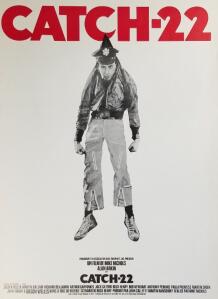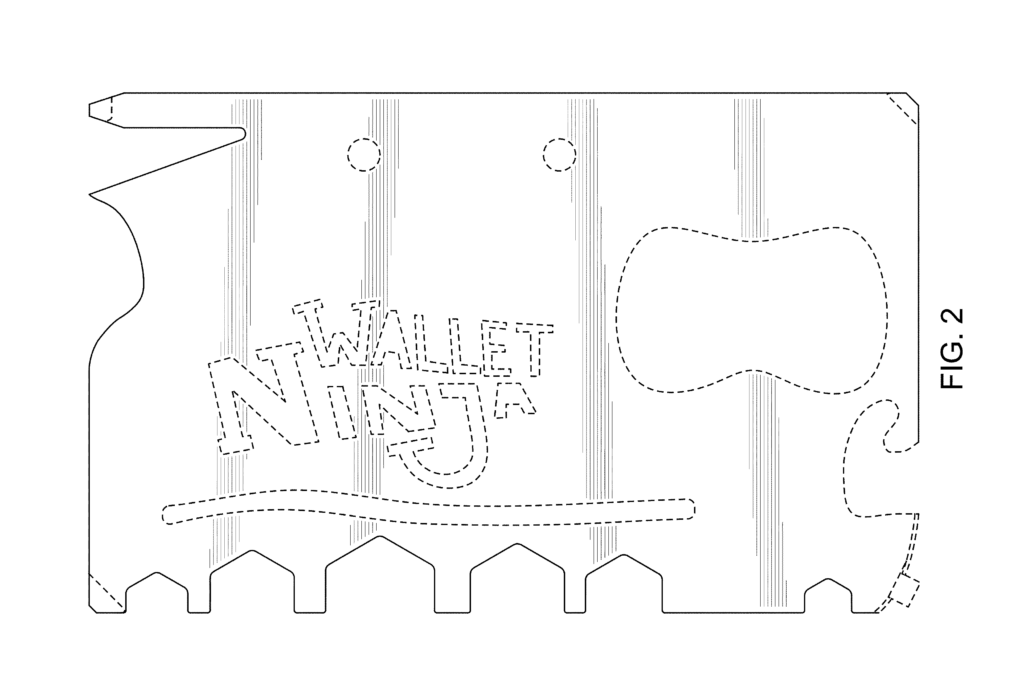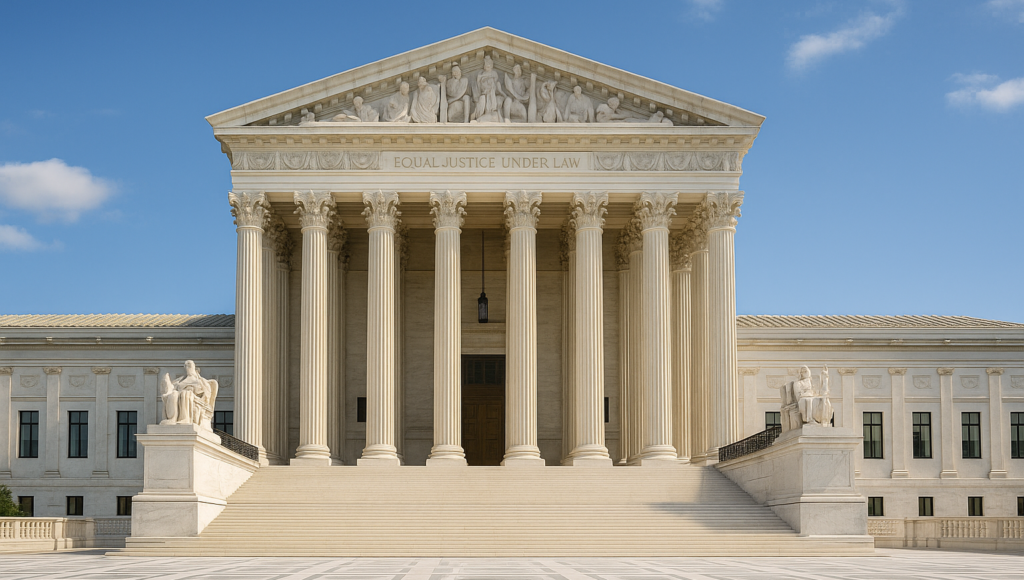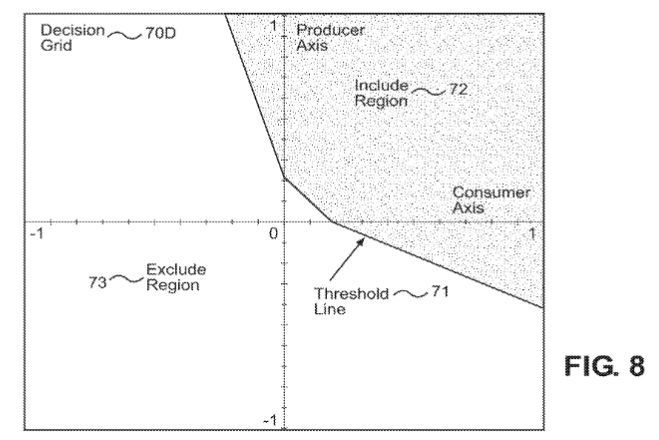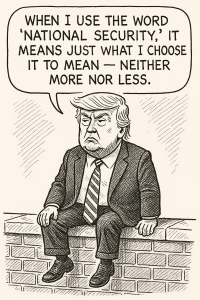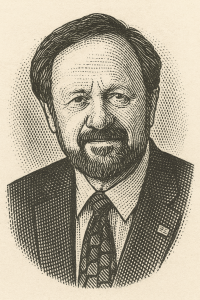by Dennis Crouch
John A. Squires was confirmed as USPTO Director on September 17, 2025. The Senate voted to confirm Squires using the “nuclear option” – although he received strong bipartisan support in the Judiciary Committee (20-2). Squires is a longtime patent attorney with experience in many aspects of the IP system: prosecution, litigation, licensing and deals, management, etc. He has a chemistry background prior to law school, and also worked for many years in fintech – the same field as Commerce Secretary Howard Lutnick.
Squires’ confirmation testimony was largely down-the-middle with his core priorities:
- Addressing the application backlog;
- Improving quality with “Born Strong” patents;
- Reducing uncertainty under Section 101.
He committed to using AI tools where it makes sense to improving examination (both quality and efficiency).
In his written responses to the Senate Judiciary Committee, Squires laid out a broad vision of restoring the USPTO “to its rightful place atop the world as executor of our Nation’s constitutional mandate and to boost America’s ingenuity engine with the intellectual property that drives economic growth, technological progress, and global competitiveness.” He expressed opposition to abusive “patent troll” tactics, describing them as “predatory arbitrage plays.” He committed to transparency in foreign litigation funding while reiterating his belief in strong IP protections as an important aspect of US foreign trade policy.
As Squires takes the helm, Acting Director Coke Morgan Stewart will move to her permanent role as Deputy Director. Stewart deserves congratulations for navigating the USPTO through a turbulent period – implementing President Trump’s policy shifts while keeping the agency running at full steam.
The USPTO Director serves as both Under Secretary of Commerce for Intellectual Property and Director of the USPTO, requiring Senate confirmation. This dual role means the Director must balance: • Operational management of ~13,000 USPTO employees • Policy development for U.S. intellectual property law • International IP cooperation and treaty negotiations • Stakeholder engagement across diverse patent community • Congressional oversight and budget management 35 U.S.C. § 3(a).

